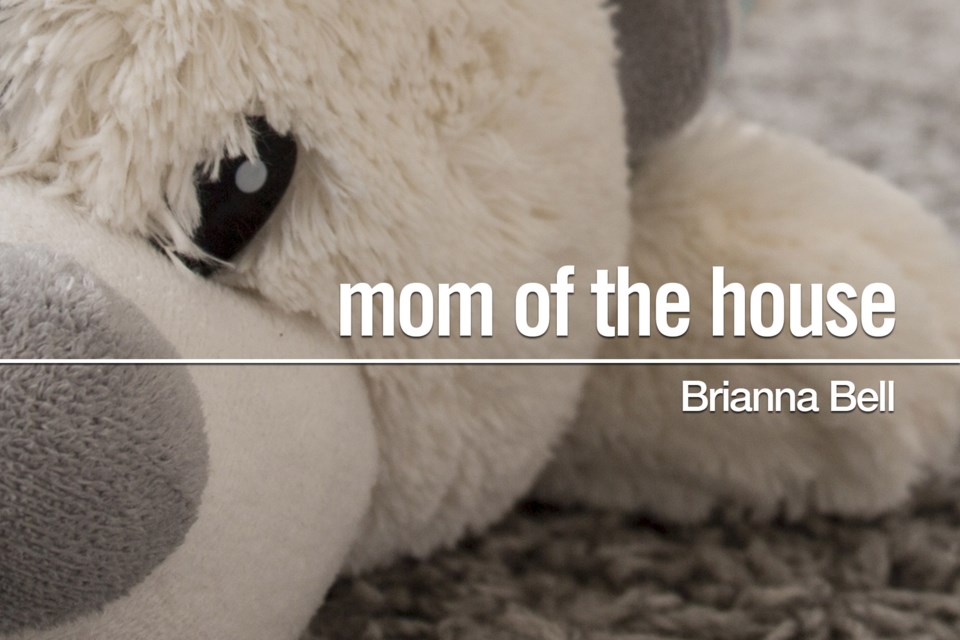When my oldest daughter, Penny, was six-months-old we began introducing baby food. I had no experience with feeding a baby, and assumed the challenges that we had feeding her were completely normal.
As the months passed the challenges continued. She would gag on baby food, choking to the point of nearly vomiting. She loved her formula, and was a healthy baby in the 90th percentile. She ate what she liked and refused the rest, mostly filling up on formula and starchy foods.
I was frustrated and discouraged, but continued researching ways to help her eat a variety of whole foods, and remained persistent in offering her foods she refused.
By the time Penny was two-years-old I knew that our feeding struggles were not typical. I couldn’t quite put my finger on it, but she seemed to have an aversion to textures, and no amount of exposure or encouragement would change her mind. People started suggesting I starve her if she didn’t eat what was offered, and many were shocked when they found out she was so restricted in her diet.
I was struggling with guilt and shame as a mother, but adamant that I would never force my child to eat or refuse her food.
Around this time I happened across some articles on Sensory Processing Disorder (SPD). The more I read, the more I noticed similarities between my daughter and this completely made-up sounding disorder. I also had to admit that I could relate to a lot of the points on the various checklists I read, which made me even more confused and doubtful.
Through my research I learned that sensory processing is the act of taking all of our senses (touch, sight, sound, movement, taste and smell), and processing that information with our external environment. People with sensory processing issues often struggle with sensory input.
According to my research, people who struggled with processing their senses would sometimes:
-
Have food aversions, or be considered extreme picky eaters.
-
Be very sensitive to sound, or perhaps atypically not sensitive to loud sounds at all.
-
Be easily bothered by clothing, labels, seams, or anything constricting
-
Become easily distressed by physical touch
-
Be highly active or extremely sedentary
-
Dislike getting messy, become anxious when hands or clothes get dirty
-
Have difficulty sleeping or self-soothing to sleep
The list goes on, but I already knew by reading a few of the items that my daughter fit the description of a child with sensory processing disorder, and honestly, so did I.
It took me nearly a year to fully process that my child would need extra help and some therapy. I tried bringing up SPD with my family doctor, but she had no idea what I was talking about and dismissed my concerns. I talked to other parents who encouraged me to just be a bit tougher. I even had a hard time convincing my husband there was something that needed addressing.
Finally, I found a friend who also had a child with SPD, and she recommended that I visit an Occupational Therapist. We booked a visit, and completed a sensory profile. I soon learned that “Sensory Processing Disorder” was not a common term used in Canada. Instead, we say that we all have sensory processing issues to some degree, but some have it more than others, and it impacts our lives differently.
Through Occupational Therapy our entire family began accessing new tools in helping our daughter integrate her senses. We also learned about patience, trusting that the process would work with persistence, and things like feeding, sleeping, and toilet training would not always be difficult.
Now that Penny is almost five-years-old, we are able to see the progress she had made. She eats a larger variety, and is more willing to try new foods. She has recently started sleeping on her own and is fully toilet trained. Learning certain skills has taken a bit longer, but the skills have come. Although she still doesn’t eat most family meals with us (instead she is offered what we are eating, and usually requests something different), she is certainly improving.
One of the greatest lessons I have learned is that all children are not the same, and even as a young first time mom, my instincts were right that feeding would not be typical with our oldest child.
By freeing myself from shame and guilt, and learning compassion and acceptance towards my child, I was able to have access to the tools to help us both grow.
Interested to learn more?
I’ve written articles for The Mighty titled What Not to Say to a Parent of a Child with Sensory Processing Disorder and Parent.co titled 4 Things You Can Do To Support Your Sensory Sensitive Child.
